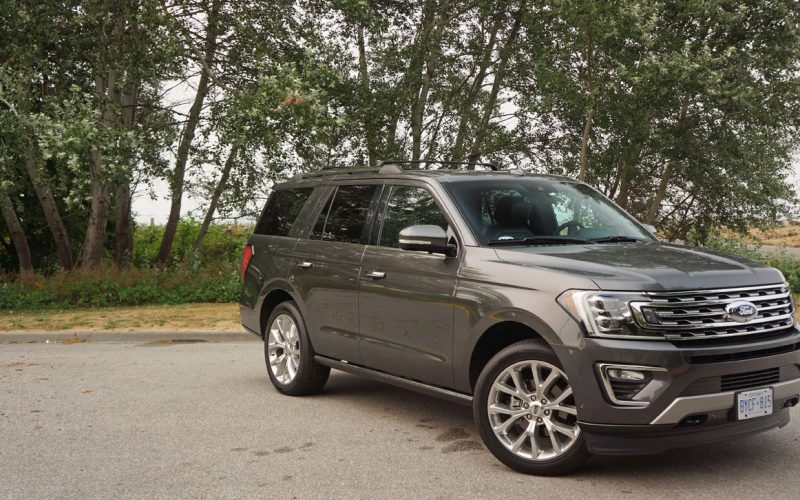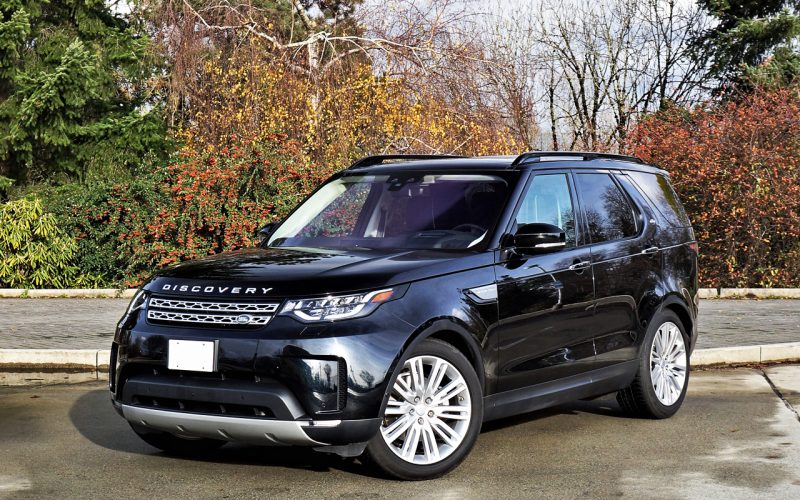
Reading Time: 21 minutesTo say that Ford leads SUV sales in this country is almost as big an understatement

Reading Time: 12 minutesLand Rover sold 686 examples of its Discovery in Canada from its first month of May
© 2025 The Car Magazine. All Rights Reserved, Privacy Policy | Terms of Use